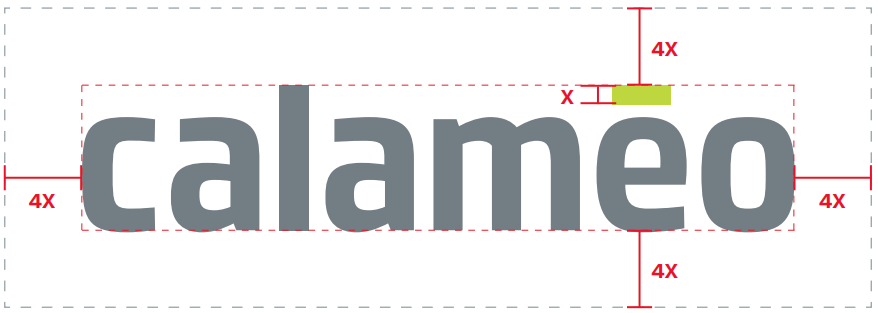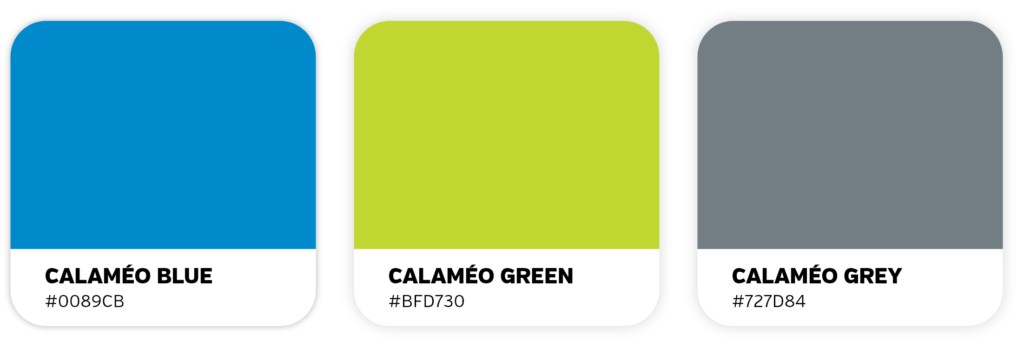In an increasingly digitalized world, it has become essential for companies to adapt to new technologies in order to remain competitive. Going digital is no longer just an option, but a necessity, and this is particularly true for small and medium-sized enterprises (SMEs). Increasingly, SMEs are turning to digital publishing to increase visibility, reduce costs and improve communication. This modern format enables companies to be more flexible, reach a wider audience and analyze the impact of their publications in real time.
In this article, we’ll explore why digital publishing is an essential tool for SMEs, the benefits it brings, and how a solution like Calaméo can help SMEs make a successful transition to digital.
The benefits of digital publishing for SMEs
Lower costs than printing
One of the major advantages of digital publishing for SMEs is the significant reduction in costs compared to physical printing. Creating printed brochures, catalogs or reports can quickly become expensive, with printing, distribution and storage costs. Digital publishing, on the other hand, eliminates these expenses, while offering the possibility of updating documents at lower cost.
![]() READ MORE: Print vs digital in your content strategy
READ MORE: Print vs digital in your content strategy
Global reach and easy sharing
Digital publishing also offers global reach. A digital publication can be shared instantly with an audience located anywhere in the world, through social networks, emailing or websites. This enables SMEs to reach potential customers and partners far beyond their local markets, and to do so quickly and efficiently. The flexibility of the format also means it can be adapted to different channels, optimizing engagement.
![]() READ MORE: How to share your Calaméo publications
READ MORE: How to share your Calaméo publications
Data analysis
Unlike print publications, digital documents enable precise data analysis. With integrated analysis tools, SMEs can track their readers’ engagement: number of views, reading time, most consulted pages, click-through rates, and so on. This data is essential for adjusting communication and marketing strategies, and for better understanding the needs and behaviors of their audience.
![]() READ MORE: Analytics made easy: Track your publications on Calaméo
READ MORE: Analytics made easy: Track your publications on Calaméo
Use cases for SMEs
Interactive brochures
Interactive brochures are an excellent way for SMEs to present their products and services in an engaging way. Unlike traditional brochures, digital versions can incorporate interactive elements such as videos, animations, or clickable links, offering an enriched user experience.
![]() READ MORE: Boost your Calaméo publications with exclusive integrations
READ MORE: Boost your Calaméo publications with exclusive integrations
Online activity reports
Business reports are often necessary to inform stakeholders about the company’s performance. By opting for a digital version, SMEs can make these documents accessible anytime, anywhere, while integrating dynamic infographics, interactive graphics and other elements that make the content more attractive.
![]() READ MORE: How to make your publications private
READ MORE: How to make your publications private
Product catalogs
Digital product catalogs enable SMEs to regularly update their offerings without having to reprint new copies. What’s more, these catalogs can include online ordering options or additional product information at the click of a button, facilitating customers’ shopping experience.
![]() READ MORE: Shopify: boost your sales with your publications on Calaméo
READ MORE: Shopify: boost your sales with your publications on Calaméo
How Calaméo can help SMEs go digital
Features tailored to the needs of SMEs
Calaméo offers a comprehensive, affordable solution for SMEs wishing to get started in digital publishing. The platform makes it easy to transform PDF documents into interactive publications, ready to be shared online. One of Calaméo’s strengths lies in its flexibility, enabling companies to customize their publications according to their needs, with features such as adding videos, links or call-to-action buttons.
Intuitive interface and integration
Calaméo’s intuitive user interface is designed to enable SMEs to create and publish quickly, without the need for advanced technical skills. What’s more, publications can be integrated directly into corporate websites, ensuring seamless distribution and an enhanced visitor experience. SMEs can thus use Calaméo to simplify and energize their communications while maximizing their online reach.
![]() READ MORE: How to embed a publication: the complete guide
READ MORE: How to embed a publication: the complete guide
Conclusion
Switching to digital publishing is an essential step for SMEs wishing to modernize their communications, broaden their audience and optimize their costs. With tools like Calaméo, SMEs can easily create attractive, interactive publications that meet their specific needs. Digital technology represents a real opportunity for small and medium-sized businesses to stand out in the marketplace and remain competitive in a constantly evolving environment. Don’t wait any longer to take the plunge into digital publishing with Calaméo.
![]() Request your free 14-day Calaméo PLATINUM trial and test all our professional tools!
Request your free 14-day Calaméo PLATINUM trial and test all our professional tools!










